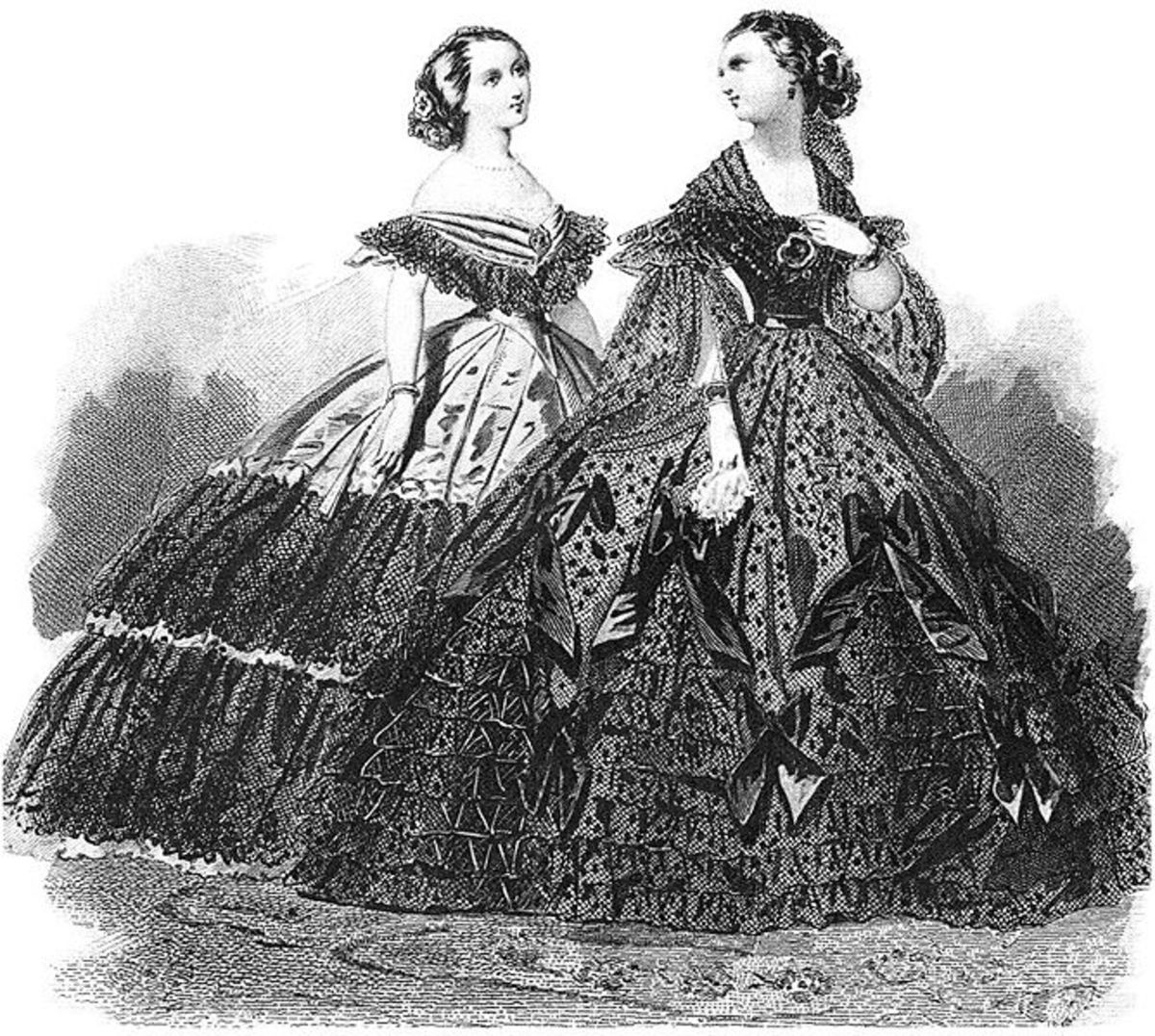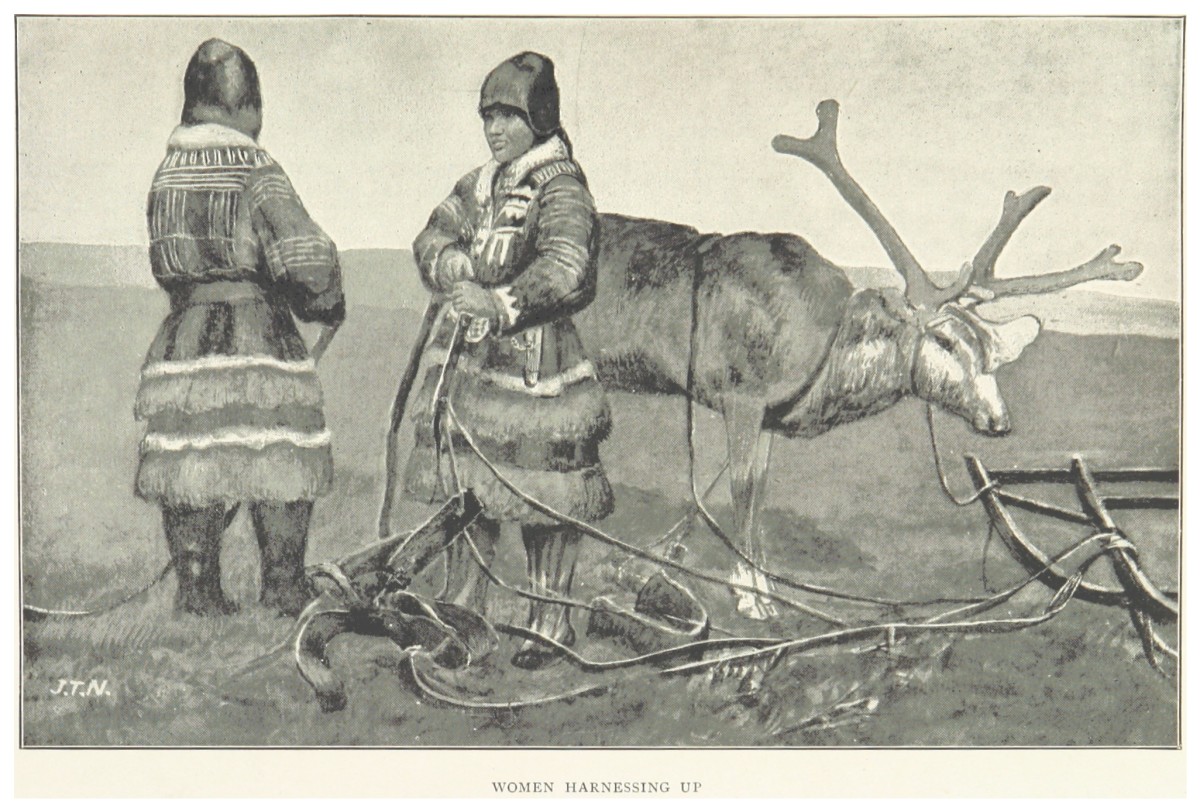Eco-Friendly Clothing
What makes clothing eco-friendly? Is it produced in a socially responsible
manner? Is it a natural sustainable fiber that doesn’t deplete the planet of its
most valuable resources? Does the production of your clothing cause more
pollution than necessary?
The problem is, when you walk into an ordinary clothing store, there is no way of knowing! You can easily purchase eco-friendly clothing online and many major designers are now featuring eco friendly fabrics like hemp and bamboo. If you are really passionate about this area of green, perhaps deeper research will help you to determine where you can shop.
Vegan clothing is harder to find (but becoming more readily available. When it comes to vegan clothing, you can be sure that no animals were harmed in the making of the materials. Wool is not considered vegan, but can be eco-friendly. It depends on your point of view. Not all vegan clothing is good for the environment, because of the use of synthetics that are not biodegradable. As with many of my green living tips, this is one area that takes consistent reading of labels and a thorough education about how and where clothing is produced.

Understanding Eco-Friendly Clothing and Fabrics
Bamboo and hemp are by far superior to organic cotton for quite a few reasons. Although organic cotton is natural, it uses far more water in both growth and production of the fiber. Organic cotton is a good alternative to standard cotton or the dreaded polyester, but it isn't the greenest way to go!
Bamboo and hemp are fast growing plants that don't require and excessive amount of water and don't pollute the environment in growth or production. The fabrics developed are superior to synthetics, and easy to care for and are incredibly soft.
What's wrong with synthetics? Many require the use of petroleum products, contain chemical residues that will be absorbed by your skin and pollute the environment during production.
You will find that most companies that create eco-friendly clothing also produce their clothing in a socially responsible manner, paying employees a fair wage and not employing children.
Watch the videos for more details and a closer look at the latest eco-friendly clothing.

A closer look at bamboo clothing:
Tips for an Eco-Friendly Wardrobe
Here are some basic suggestions to keep in mind when you are shopping for clothing for you and your family:
- Choose clothing that doesn't use animal products, from socially responsible companies. This may take a little investigating.
- Avoid synthetic “mystery” fibers.
- Bamboo clothing is a wonderful clothing option from a renewable source. It may not sound soft and comfy…similar to silk and cotton it is a breathable fiber, easily washed and cared for and extremely wrinkle resistant. Many designers are now using it to create their lines of eco-chic clothing because of it’s wonderful flow and softness.
- Hemp is more durable, softer and requires less water than cotton to produce. It even provides better UV protection than other fabrics. Look for clothing made from hemp. Some of the top designers are no including this eco-friendly fabric in their fashion lines. Hemp is also a great option for home furnishings fabric.
- Vintage clothing is making a comeback. Take a look in consignment shops for gently used clothing.
- Investigate clothing, handbags and shoes made from recycled materials. Many companies are now creating clothing and handbags from some interesting recycled materials.
- Choose jewelry made from recycled glass and other materials for an interesting necklace or conversation piece.
- When shopping for new clothes, select a classic style that will last for years rather than trendy styles that you will get bored with or will be "out" next season.
- Only buy clothing that you will really wear - avoid impulse buying!
- Rent formal wear for weddings and other events. Women's evening wear rentals are now available in most cities.
- Buy some gender neutral clothes for your kids that can be passed on to someone else and easily shared with siblings.
- Dress casual more often! Clothing that needs to be dry cleaned leaves a bigger carbon footprint.
- Buy wash-n-wear clothing whenever possible. Avoid the chemicals of dry cleaning for your health and the environment.
- Tired of your clothes? Host a clothing swap - get a bunch of friends together and swap what you no longer wear.








